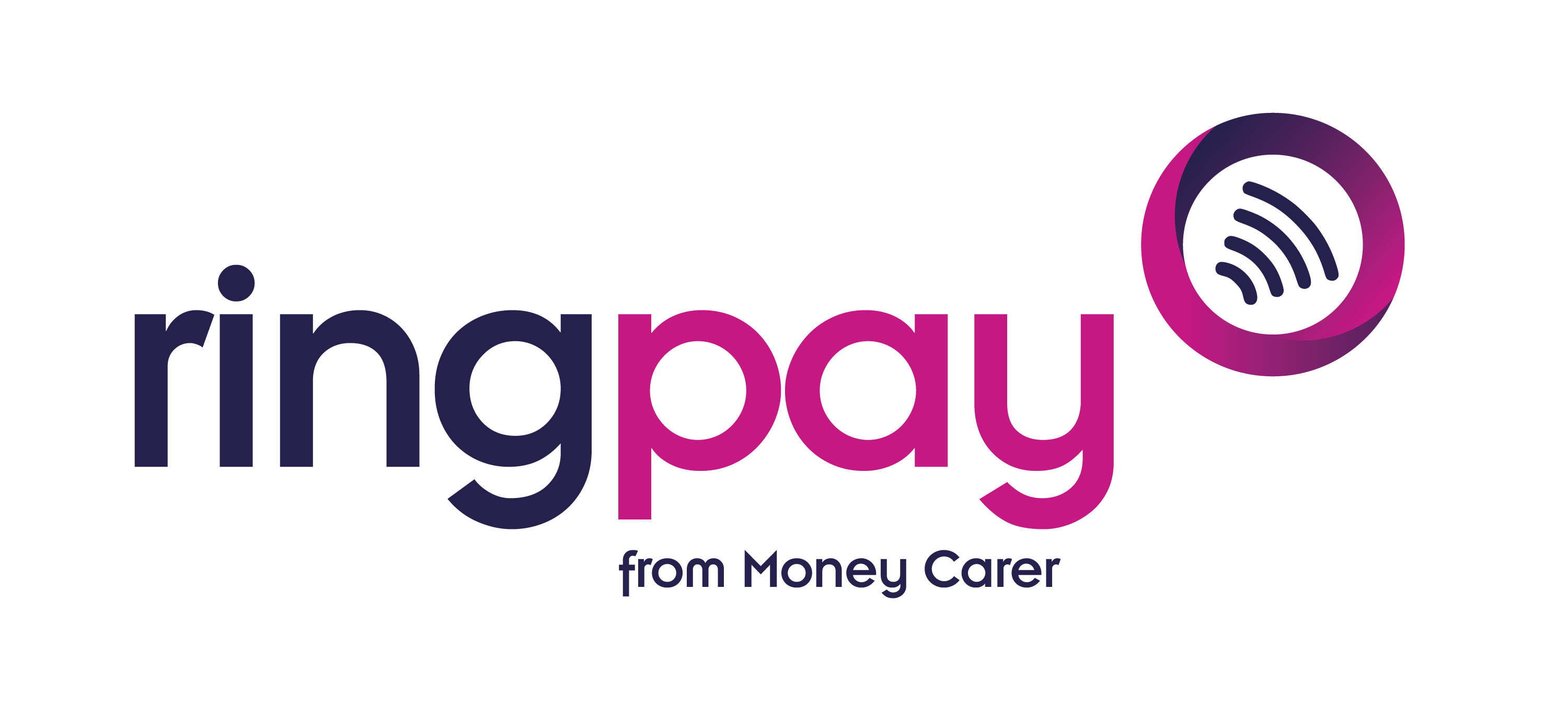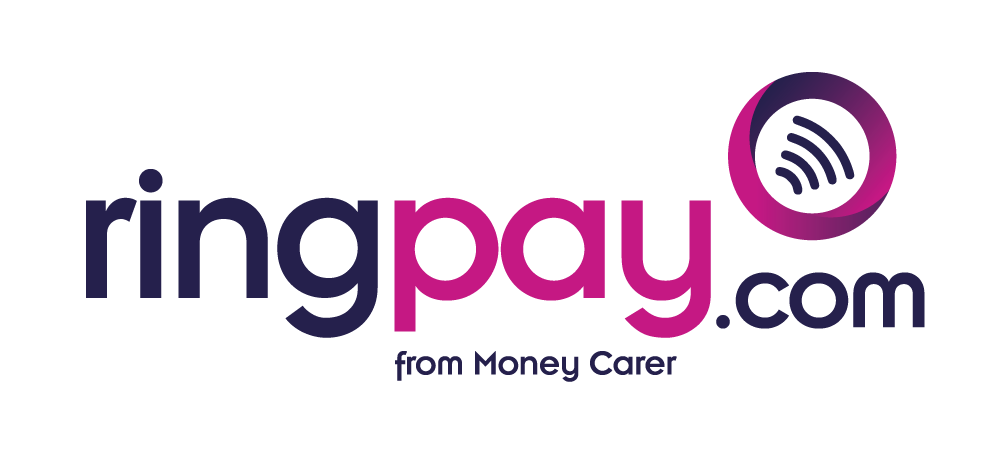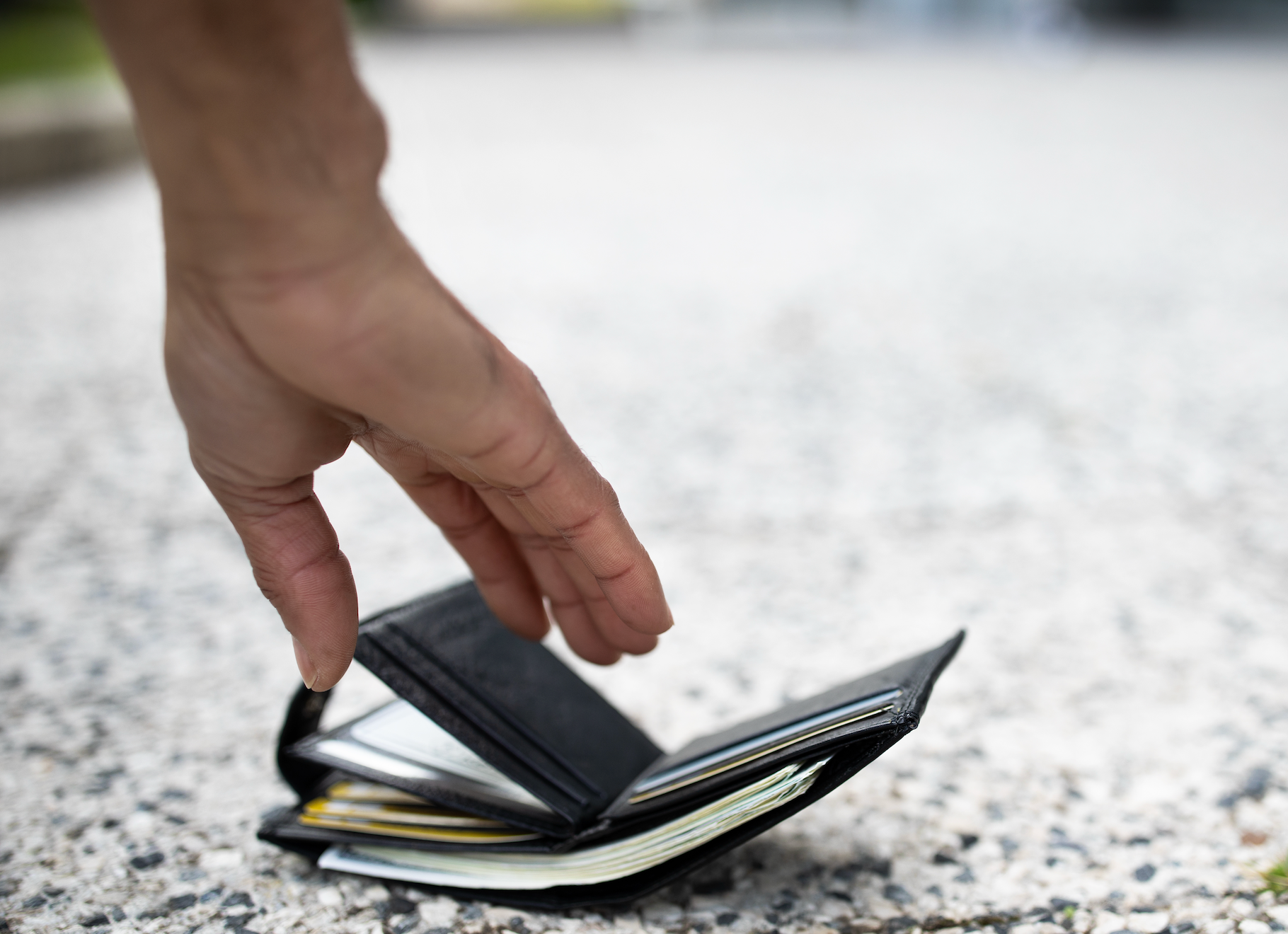We’re all used to carrying wallets or purses. But they’re bulky, easy to misplace, and—let’s be honest—not the most secure way to manage your money. RingPay offers something better: a wearable payment device that’s safer, smarter, and always on hand.
First and most obviously, a RingPay device is worn—not carried. That means it’s much harder to lose or forget. Whether it’s a ring or a bracelet, it stays with you throughout your day, and you don’t have to dig around in pockets or bags to use it.
Security is built-in at every level. There’s no PIN to remember or enter in public. Each transaction is contactless, which reduces the risk of people watching or interfering during a purchase. And if the device is lost, it can be instantly frozen or deactivated via the Monika platform, giving carers and users full control.
It’s also a safer option for people who are more vulnerable to exploitation. RingPay doesn’t carry visible branding or signal that it’s a payment device. It looks like jewellery—so it doesn’t draw unwanted attention.
Prepaid functionality also limits exposure. There’s no link to a main bank account. Users and carers can load only what’s needed, reducing the risks associated with theft or misuse.
In short, RingPay is safer than a wallet in almost every way: harder to lose, less attractive to steal, and easier to control. That’s security you can wear.



Share:
Born from Purpose: The Origins of RingPay and Its Social Mission
A Brief History of NCF Payment Wearables